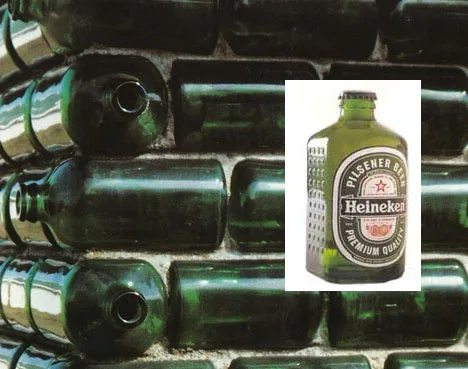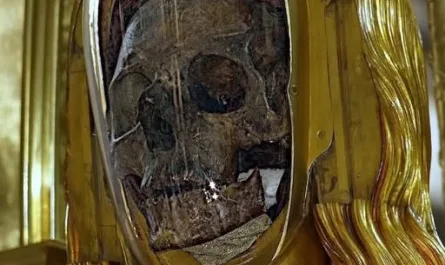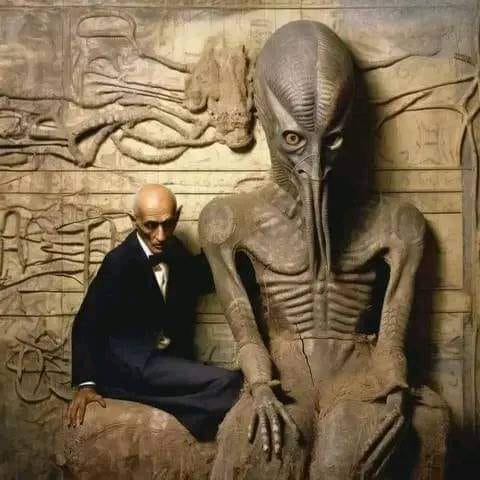In 1960, Alfred “Freddy” Heineken, the visionary behind the Heineken brewing empire, visited Curaçao and was struck by a troubling sight: beaches littered with discarded Heineken bottles. In an era when beer bottles were typically returned and reused by breweries, Curaçao lacked such systems, leaving glass waste strewn across its shores. For Freddy, this wasn’t just an environmental issue—it reflected deeper problems of poverty and resource scarcity. From this moment of dismay, a revolutionary idea was born: a beer bottle that could double as a building block. Thus, the Heineken WOBO, or “World Bottle,” was created in 1963, blending sustainability, social impact, and ingenious design.

A Bottle Unlike Any Other
The WOBO was no ordinary beer bottle. Designed in collaboration with Dutch architect John Habraken, it was a rectangular, 350ml glass bottle with flat sides and small grooves, allowing empty bottles to interlock like bricks when stacked horizontally or vertically. This innovative shape enabled the bottles to be mortared together to form walls, offering a practical solution for affordable housing in regions where construction materials were scarce or costly. Freddy envisioned the WOBO as a tool for empowerment, turning a byproduct of consumption into a resource for communities in need.

To test the concept, Heineken built a prototype structure—a small shed or “bottle house”—on his estate in Noordwijk, Netherlands, using 1,000 WOBOs. The design proved functional, with the bottles’ thick glass providing durability and insulation, while their transparency allowed natural light to filter through. A second, larger version, the WOBO 500 (500ml), was also developed to enhance stacking versatility, though it was less common.

A Vision Ahead of Its Time
The WOBO was a bold experiment in sustainability, predating modern recycling movements by decades. In the 1960s, environmental consciousness was nascent, and the idea of upcycling consumer goods for social good was revolutionary. Freddy’s goal was twofold: reduce waste by repurposing bottles and address housing shortages in developing regions like Curaçao, where poverty limited access to building materials. He produced around 100,000 WOBOs in a trial run in 1963, distributing some to test markets and local projects.

Despite its ingenuity, the WOBO faced challenges. Breweries and distributors resisted the non-standard bottle shape, which complicated production and transport. Consumers, accustomed to traditional round bottles, found the rectangular design less appealing for drinking. Moreover, the logistics of collecting and distributing WOBOs for construction proved complex, and the idea struggled to gain traction beyond small-scale experiments. Only a few structures, like the Noordwijk prototype, were ever built, and the project was quietly shelved by the mid-1960s.

A Lasting Legacy

Though the WOBO never became a mainstream success, its legacy endures as a pioneering example of sustainable design. Freddy Heineken’s vision foreshadowed today’s circular economy, where products are designed for reuse to minimize waste. The WOBO inspired later experiments in upcycled construction, such as houses built from plastic bottles or tires in developing regions. Collectors now prize surviving WOBOs, with examples displayed in museums like the Heineken Experience in Amsterdam, where they stand as testaments to innovative thinking.
The Curaçao beaches that sparked Freddy’s idea are cleaner today, thanks to modern recycling systems, but the WOBO remains a powerful reminder of how a simple beer bottle can carry the weight of big ideas. By blending creativity with compassion, Freddy Heineken showed that even in the face of complex problems, a single spark of inspiration—like a bottle that builds homes—can leave a lasting mark on the world.





